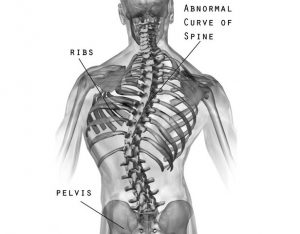
Scoliosis and Other Deformities
Spine deformity may be caused by different conditions that affect the normal position and curves of the spine. These deformities may affect children and adults, and the treatment will depend on the severity of the symptoms. In most patients, these spine deformities are don not increase; however, in some patients, scoliosis and kyphosis continue to slowly progress throughout life, resulting in cosmetic issues, functional issues, and occasionally painful and sometimes dangerous curvatures that must be addressed through spine surgery.
The most common spine deformities are scoliosis, kyphosis, and spondylolisthesis.
Scoliosis
In cases of scoliosis, the spine curves to one side and may occur in any part from cervical to lumbar areas. The most common affected spine areas are at the level of the chest and the lower back (Figures 1, 2).
Causes of scoliosis
In children, scoliosis may be secondary to:
- Neuromuscular conditions: including cerebral palsy, poliomyelitis and muscular dystrophy.
- Congenital scoliosis: it is very uncommon, and occurs because the bones of the spine are not properly formed when the fetus is growing.
- Inherited: it is thought that some genes are involved in scoliosis
- Syndromic scoliosis: sometimes scoliosis can occur as part of another disease, including neurofibromatosis and Marfan´s syndrome
- Idiopathic: in most cases, the cause of scoliosis is unknown especially among children and adolescents (early onset scoliosis, adolescent idiopathic scoliosis.
In adults, scoliosis may be caused by:
- Degenerative scoliosis: it results from wear and tear of the spine, whether or not the patient already has scoliosis. This is the most common cause of scoliosis in adults, especially if it is associated with osteoporosis.
- Pediatric scoliosis: sometimes cases of pediatric scoliosis are discovered until adulthood.
- Trauma: accidents or spine fractures may cause scoliosis.
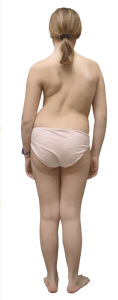
Figure 1. Scoliosis
Symptoms of scoliosis
The most frequent type of scoliosis appears in the adolescent; this is called adolescent idiopathic scoliosis. It can affect children from the age of 10 years. Idiopathic means that there is no known cause.
- Symptoms can include:
- The head is slightly off center
- The ribcage is not symmetrical – the ribs may be at different heights
- One shoulder, or shoulder blade, is higher than the other
- The individual may lean to one side
- Uneven leg lengths
- One hip is more prominent than the other
- Clothes do not hang properly
Treatment of scoliosis
Scoliosis treatment depends on your age, how much more you are likely to grow, the characteristics of the spine curve, intensity of pain, functional limitation and cosmetic appearance of the spine. Bracing may be used to temporarily halt the worsening of the curve during a growth spurt. There are many brace varieties and depending on the above issues the most appropriate brace will be prescribed and the duration of usage and wearing time will be determined.
For deformities of the spine greater than 45 degrees, associated with pain, functional impairment or severe cosmetic deformity, your doctor may recommend spine stabilization surgery. The goal of stabilization surgery is to straighten and hold the spine straight in the safest fashion possible. To accomplish this, the surgeon fuses the bones of the spine together with the help of bone grafts and uses metallic implants to hold everything together till fusion is achieved.
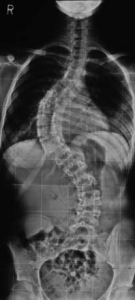
Figure 2. Radiograph showing scoliosis
Kyphosis
Kyphosis is a disorder in which an excessive outward curve of the spine results in an abnormal shape of the upper back. The condition is sometimes known as “hunchback” in the case of a severe curve. Kyphosis can occur at any age.
In the majority of cases, kyphosis causes few problems and does not require treatment. Sometimes, the patient may need to use a brace. In severe cases; however, kyphosis can be painful, causing significant spinal deformity, and lead to breathing problems. Surgery may be indicated in cases of severe kyphosis to help reduce the excessive spinal curve and improve their symptoms.
The thoracic spine normally has a natural position of kyphosis. When kyphosis is abnormally exaggerated, forward rounding is observed.
Causes of Kyphosis
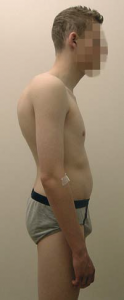
Figure 3. Patient with Scheuermann´s kyphosis
- Congenital. Spinal bones fail to develop properly before birth.
- Syndromes. Kyphosis in children can also be associated with certain syndromes, such as Ehlers-Danlos syndrome and Marfan syndrome.
- Scheuermann’s disease. Also called Scheuermann’s kyphosis, this disease typically begins during the growth spurt that occurs before puberty. Boys are affected more often than girls. In a patient with Scheuermann’s kyphosis, an x-ray from the side will show that, rather than the normal rectangular shape, several consecutive vertebrae have a more triangular shape. Scheuermann’s kyphosis usually affects the thoracic spine (Figure 3).
- Fractures. Broken or crushed vertebrae (compression fractures) can result in curvature of the spine. Mild compression fractures often don’t produce noticeable signs or symptoms.
- Osteoporosis. This bone-thinning disorder can cause spinal curvature, especially if weakened vertebrae result in compression fractures. Osteoporosis is most common in older women and people who have taken corticosteroids for long periods of time.
- Disk degeneration. Soft, circular disks act as cushions between spinal vertebrae. With age, these disks dry out and shrink, which often worsens kyphosis.
- Cancer and cancer treatments. Cancer in the spine can weaken vertebrae and make them more prone to compression fractures, as can chemotherapy and radiation cancer treatments.
Symptoms of kyphosis
In general, the greater the curve, the more serious the condition. Milder curves may cause mild back pain or no symptoms at all. The signs and symptoms of kyphosis may vary, depending on the cause and severity of the curve. These may include:
- Rounded shoulders
- Mild back pain
- Fatigue
- Spine stiffness
- More severe curves can cause significant spinal deformity and result in a visible hump on the patient’s back.
Treatment of kyphosis
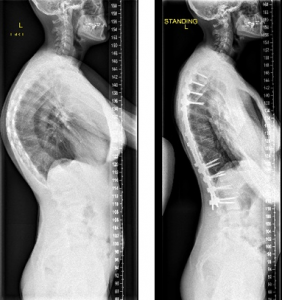
Figure 4. Pre and postoperative images. Note the change in the spines shape
Kyphosis treatment depends on the t severity and cause of this condition.
Initial treatment consists of analgesics, exercises and bracing. Children with Scheuermann’s disease may stop the progression of kyphosis by wearing a body brace while their bones are still growing.
Surgery may be recommended for cases of severe kyphosis. Spinal fusion is the procedure for reducing the degree of curvature. The surgeon inserts pieces of bone between the vertebrae and then fastens the vertebrae together with metal rods and screws until the spine heals together in a corrected position (Fig 4).
Spondylolisthesis
Spondylolisthesis is a deformity of the spine where one vertebra slips forward in relation to the one below (Fig 5). This commonly results from spine degeneration (degenerative ) or a defect or stress fracture in the arch component of vertebrae. The slippage of the vertebrae can cause low back pain and spinal nerve compression resulting in pain down the leg. If painful and progressive, spondylolisthesis may require a fusion of the spine to prevent further slippage or to relieve low back pain and nerve irritation.
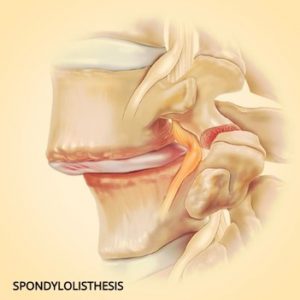
Figure 5. Spondylolisthesis
Causes of Spondylolisthesis
There are a variety of causes of spondylolisthesis. Some people are born with this condition that cannot be identified until later in life. In others, a single or repetitive injury can cause this condition. It is essential to know the cause and type of spondylolisthesis to determine the best treatment.
- Tumors
- Surgery
Treatment of spondylolisthesis
- Non-operative treatment: The initial treatment of spondylolisthesis consists of pain medications, muscle relaxants, physical therapy, and even epidural injections. Some braces can also be tried to ease the pain. If these measures fail to stop the pain or improve neurological symptoms, surgery should be considered as the last resource.
- Surgical treatment: The primary objective of surgery is to eliminate pressure on nerve roots and to stabilize the spine. Spinal arthrodesis (fusing one vertebra to the next) involves the use of spinal instrumentation (screws and rods) to maintain immobile two vertebral levels; thus avoiding progress of vertebral displacement (Fig 6).
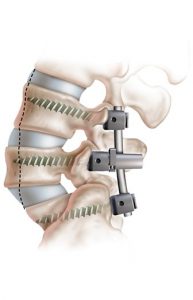
Figure 6. Fusion to treat spondylolisthesis
Awesome Doctors for your Neurosurgery Needs
Lorem ipsum dolor sit amet, consectetuм adipiscing elit
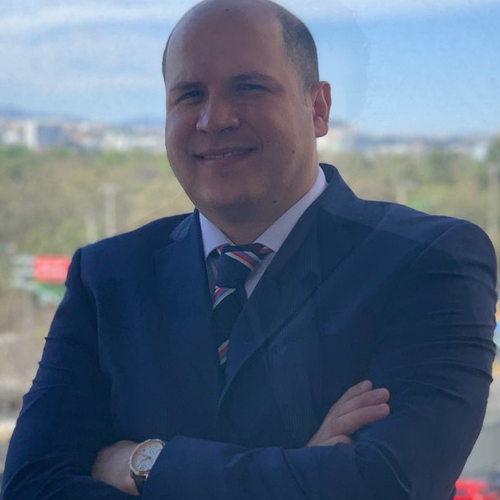
Dr. JJ Ramirez
Neurocirujano
Dr. Ramirez attended medical school at the Universidad Autonoma of Guadalajara School of Medicine in Guadalajara Mexico. Dr. Ramirez performed his Neurosurgery training at the National Institute of Neurology and Neurosurgery in Mexico City
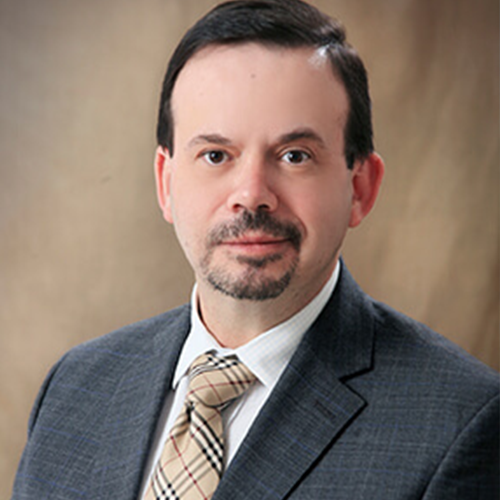
Dr. Ramiro Pérez
Neurosurgeon
Dr. Ramiro Pérez attended medical school at the University of Guadalajara School of Medicine in Guadalajara México. Dr. Pérez performed his Neurosurgery training in Centro Medico Siglo XXI IMSS and has been practicing his specialty for more than 13 years.
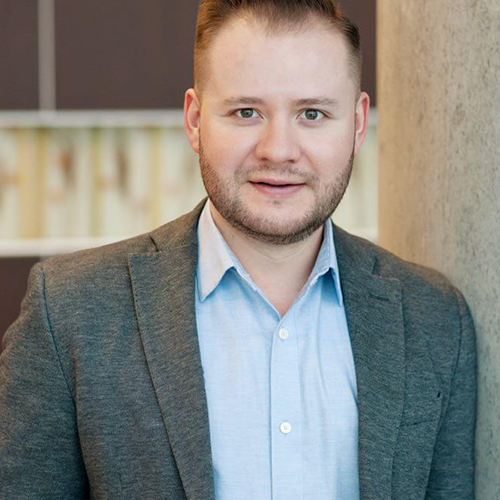
Dr. Felipe Nares
Neurosurgeon
Dr. Nares attended medical school at the University of Aguascalientes, He is trained to perform anterior and lateral approaches to the spine from the cervical to the lumbar spine, as well as minimally invasive surgery.

Dr. Luis A. Robles
Neurosurgeon
Dr. Luis Robles has been practicing neurosurgery specialty for 20 years. Dr. Robles is academically active, he participates as a section editor in the World Neurosurgery journal and he has published several articles in different neurosurgery international journals.

